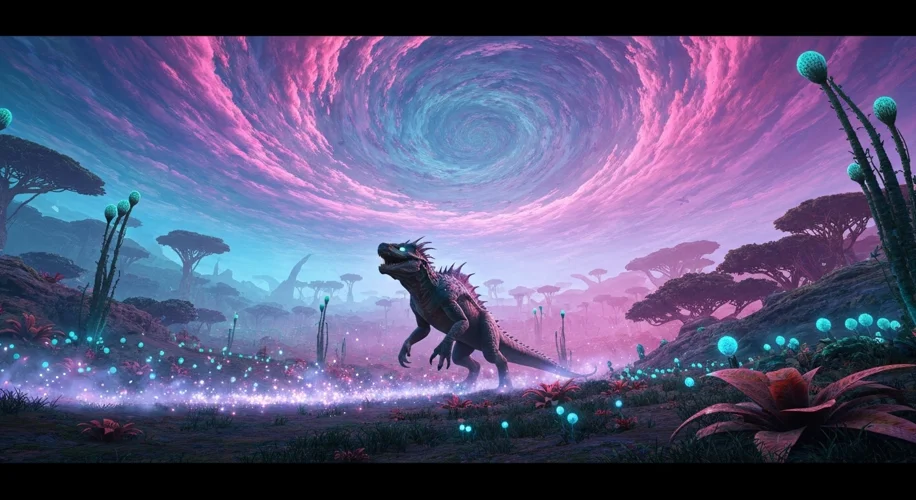Did you know that long before the dinosaurs, or even before the familiar mammals of our planet, Earth was home to some truly bizarre and wonderful creatures? Recent fossil discoveries are giving us a fascinating glimpse into these ancient ecosystems and the dramatic environmental shifts that shaped them.
Paleontology, the study of fossils, isn’t just about digging up old bones. It’s like piecing together Earth’s autobiography, with each fossil a chapter revealing how life adapted, thrived, and sometimes, faced extinction.
Let’s talk about what these new finds are telling us. Imagine a world where the atmosphere was very different, perhaps with more volcanic activity or different levels of oxygen. Life found ways to exist, evolving unique features to cope with these conditions. Some of these creatures had adaptations that seem almost alien to us today!
For instance, some ancient marine reptiles developed specialized diets or breathing mechanisms suited to oxygen-poor waters, a far cry from the marine life we see today. On land, early tetrapods (four-limbed vertebrates) were making their first tentative steps out of the water, showcasing the incredible journey of life transitioning to land.
These discoveries are also helping us understand extinction events. The fossil record shows us that Earth has experienced several mass extinction events throughout its history. These weren’t just random occurrences; they were often linked to massive environmental changes, like rapid climate shifts, volcanic eruptions, or asteroid impacts.
What’s particularly compelling is how these ancient extinction events can offer a unique perspective on long-term environmental changes. By studying the creatures that disappeared and those that managed to survive and adapt, we learn about resilience. We see how life, even in the face of drastic global shifts, can find new pathways forward.
This history of adaptation and survival in the face of profound environmental challenges is something that resonates deeply today. While the specifics of ancient extinctions differ from our current climate concerns, the underlying themes of environmental change and adaptation are remarkably similar.
It’s a powerful reminder that our planet’s history is one of constant flux and that life’s ability to adapt is one of its most defining characteristics. These fossil discoveries aren’t just relics of the past; they’re vital clues to understanding our planet’s dynamic nature and the incredible journey of life itself.

